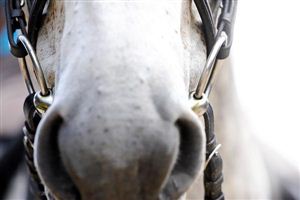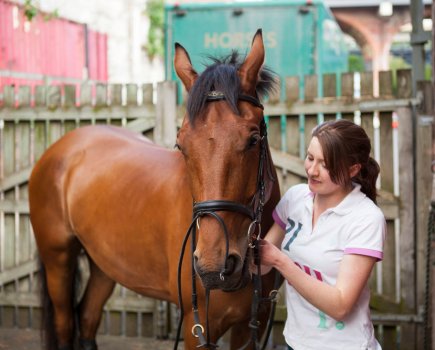 A bit that’s correctly fitting and well chosen can make a huge difference to your horse’s way of going. Here’s a few ways to tell if it might be time for a change.
A bit that’s correctly fitting and well chosen can make a huge difference to your horse’s way of going. Here’s a few ways to tell if it might be time for a change.
Often we don’t think to change the bit when we run into difficulties with schooling our horses, instead believing that it’s something we’re doing or that our horse is simply playing up.
If you’re worried, ask an equine dental technician (EDT), saddle fitter, physio and farrier to check your horse before changing his bit (the EDT may ask to see your horse’s bit in use).
X-rays of your horse’s mouth can also be taken to identify a problem with the teeth that can’t be picked up by an external examination.
Horses have few ways of telling us they’re unhappy, so issues elsewhere in the body often present through mouth behaviour.
Once you’re sure there are no other causes for the behaviour, move on to the bit.
Checking your bit
As with every other item of tack, bits should be checked regularly for any signs of wear.
This means checking any joins in the metal are firmly fixed, ensuring the beveling where rings or links pass through is smooth, and generally making sure the bit isn’t likely to cause any damage or break.
Signs you need to change your bit
In general, signs that it’s time for a change may include your horse becoming heavy in your hand, leaning on the bit or feeling numb in the hand.
He may play with the bit excessively and show some common mouth evasions including:
- Drawing his tongue back
- Sticking his tongue out
- Putting his tongue over the bit
- Crossing his jaw
- Grinding his teeth
As your horse progresses, and depending on his way of going, there are many designs that will generally promote a specific response to common evasions, such as resisting in downward transitions or stiffness on a particular rein, etc.
Some riders will find, as they start to move on to more collected and advanced dressage movements, that they need a little bit more in the hand, and will consider a double bridle at this stage.








